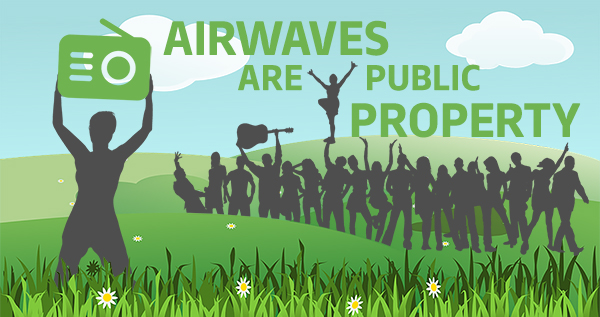Wikipedia (en) defines community media very broadly as “any form of media that is created and controlled by a community, either a geographic community or a community of identity or interest. Community media is separate from commercial media, state run media, or public broadcasting.”
Community radio according to Wikipedia (en) is a radio service offering a third model of radio broadcasting in addition to commercial and public broadcasting. Community stations serve geographic communities and communities of interest. They broadcast content that is popular and relevant to a local, specific audience but is often overlooked by commercial or mass-media broadcasters. Community radio stations are operated, owned, and influenced by the communities they serve. They are generally nonprofit and provide a mechanism for enabling individuals, groups, and communities to tell their own stories, to share experiences and, in a media-rich world, to become creators and contributors of media.

The European community media add to that definition a set of rules and guidelines that a media outlet has to adhere to to call themselves a “community radio” or a “community media outlet”. Those guidelines are defined in the “Community Radio Charta for Europe” of 2013 (full text). According to the Charta, community radios are supposed to:
- promote the right to communicate for everyone from every background
- provide access to trainings
- provide access to facilities and infrastructure for trainining, production and distribution
- provide social ownership
- recognise and respect the contribution of volunteers
- be run independently and not with a view to profit
- foster exchange between community radio broadcasters
One of the central functions of community media is providing people with (Critical) Media Literacy.
A list of members of AMARC Europe, the European chapter of the world association of community radio broadcasters (AMARC) can be found online as well.
